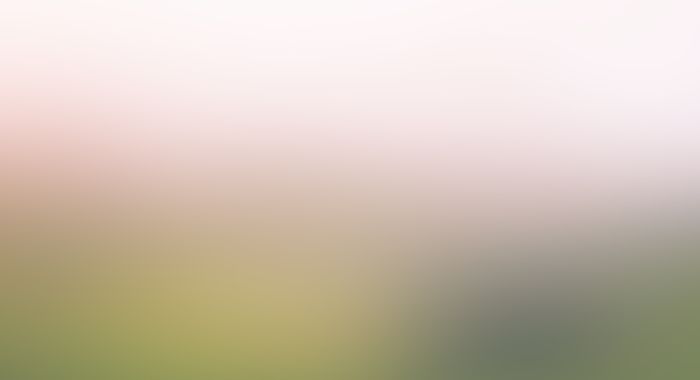Prolific mathematician Benoit Mandelbrot coined the term ‘fractal’ in the 70’s. The French-American intellect was the first to recognise how the seemingly chaotic patterns and shapes which form the world around us are actually intricately ordered. Mandelbrot discovered that the infinite complexity of these beautiful patterns can be formed from a comparatively simple maths equation. His discovery unified science and art in a way never seen before.
The irregular repeating shapes of fractals can be seen all around us – in the formation of clouds and the waves of the ocean, even the rhythms of the human heart can be visualised through fractals. Mandelbrot’s discovery revolutionised many fields ranging from computer science to medicine. Since the discovery, fashion designers have embraced the visual potential of geometric fractals to outstanding effect.
Dutch designer Iris Van Herpen never shies away from experiment and innovation. Her radically original pieces often carry organic themes, reflecting her observations of nature and the human body. Her infamous skeleton dress reminds us of the self-similar fractal patterns that can be found within our own biological makeup. Van Herpen’s Crystallization piece is inspired by the transformation of liquid into crystal, her study of this fundamental scientific process explores the beauty found in the laboratory.
“Van Herpen’s work reveals the secret structures of our existence giving us a multidimensional experience of what it is to be alive, it is an investigation into the past, present and future in all its primal and mythological forms.” Gwendoline Christie.
The pattern of trees is one of the most prominent examples of fractals in nature. Over 500 years ago, Leonardo Da Vinci noticed that there was something more to the tree’s spiralling chaos, he saw that the tree branches were split with mathematical precision. Lebanese designer Zuhair Murad’s “Enchanted Forest” collection uses this self-similarity in his couture designs, the repeating pattern of barren tree branches creates an ethereal elegance in-keeping with the essence of his brand.
Turkish designer Aişegül Telli pays tribute to the beauty of our underwater world in her Undersurface Collection. Inspired by her dives in the Indian Ocean, Aişegül has innovatively created a series of wearable coral pieces. Drawing our attention to the mesmerising fractal patterns found in coral reefs, the talented desinger offers an insight into the mysterious language of nature.
Begada’s opulent jewels are created utilising designer Bhavin Gada’s talents in embroidery and craft. Each piece is intricately hand stitched to create hypnotising pattern and detail. Begada’s statement pieces are made all the more intriguing with their repeating fractal patterns, his ingenious designs bring to mind evocative occurrences and images of nature, such as the feathers of a peacock or cascading waterfalls.
Fractals are reoccurring by definition, their reoccurring patterns are infinitesimal in the world around us. How can we not be intrigued by the patterns which form our world? Fractals are images embedded in our very DNA, so it is natural that artists and designers will continue to be inspired by their mysteriously chaotic forms. Commenting on the introduction of the fractal geometry of nature, Mandelbrot claims;
“Clouds are not spheres, mountains are not cones, coastlines are not circles, and bark is not smooth, nor does lightning travel in a straight line.”

